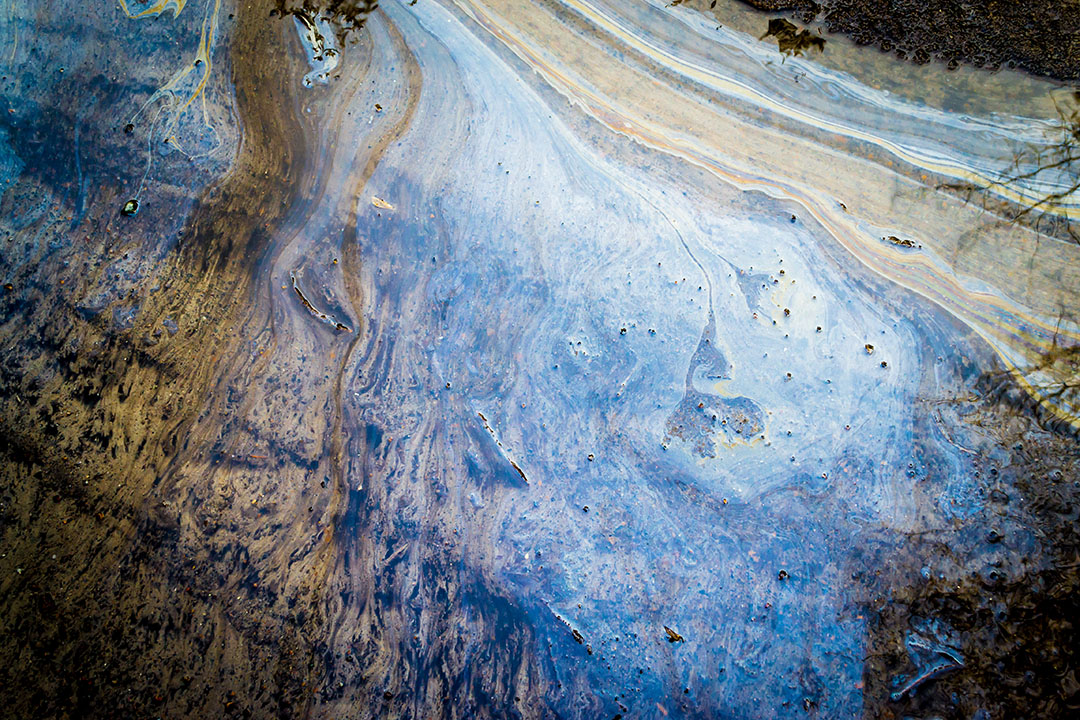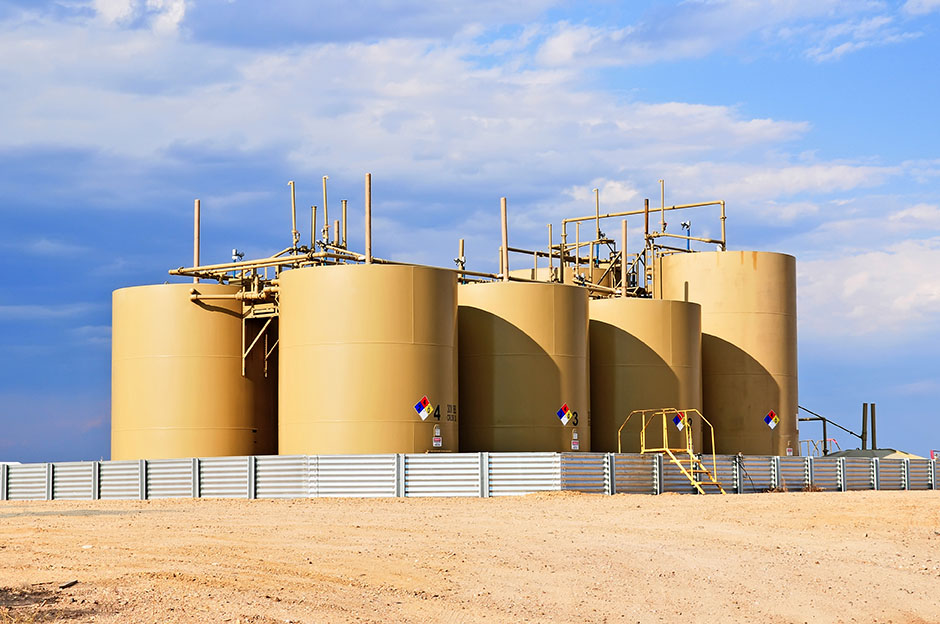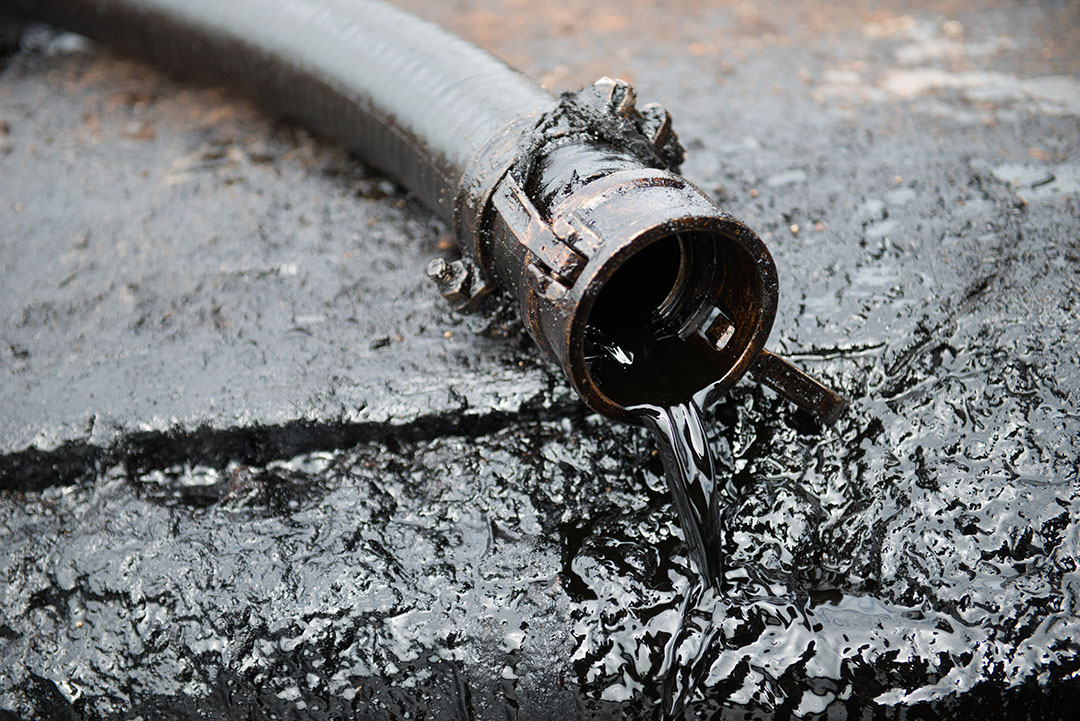According to the Environmental Protection Agency (EPA) a one-gallon oil spill can contaminate up to one million gallons of water. To help prevent oil spills from reaching waterways, the EPA requires all non-transportation facilities that store large amounts of oil to write and follow a spill prevention, control and countermeasure, or SPCC, plan.
Types of Oil
These regulations apply to any kind of oil, including—but not limited to—petroleum-based oils, non-petroleum-based oils, and oil-containing products. Common examples of these are gasoline, diesel fuel, hydraulic fluid, jet fuel, motor oil, animal-based oils and fats, biofuel, vegetable oil and oil made from seeds, paint, paint thinners, ink, roofing tar, and more.
Navigable Waters

SPCC Plan Contents
All SPCC plans must contain information on the following topics:
- A description of the facility that specifies the location of all large oil containers
- Oil discharge predictions
- Appropriate secondary containment or diversionary structures
- Facility drainage
- Site security
- Facility inspections
- Requirements for bulk storage containers, including inspections, overfill and integrity testing requirements
- Transfer procedures and equipment
- Requirements for qualified oil-filled operational equipment
- Loading/unloading rack requirements and procedures for tank cars and trucks
- Brittle fracture evaluations for aboveground field-constructed containers
- Personnel training and oil discharge prevention briefings
- Recordkeeping requirements
- Five-year plan review
- Management approval
- Plan certification by a professional engineer or, in certain cases, by the facility owner/operator
Spill Controls and Countermeasures

Summary
SPCC plans are designed to keep oil spills and oil discharge from reaching navigable waters and adjoining shorelines. Facilities that store large amounts of oil must have a certified SPCC plan that contains information on the facility’s containers, predicted spills, employee training, recordkeeping requirements, and more. Facilities must have proper controls and countermeasures in place to prevent spills from spreading, including secondary containment methods and emergency procedures.
For more information, follow these links:
The SPCC Rule and Recent Amendments
Oil Spills Prevention and Preparedness Regulations
Secondary Containment Calculation Worksheets


